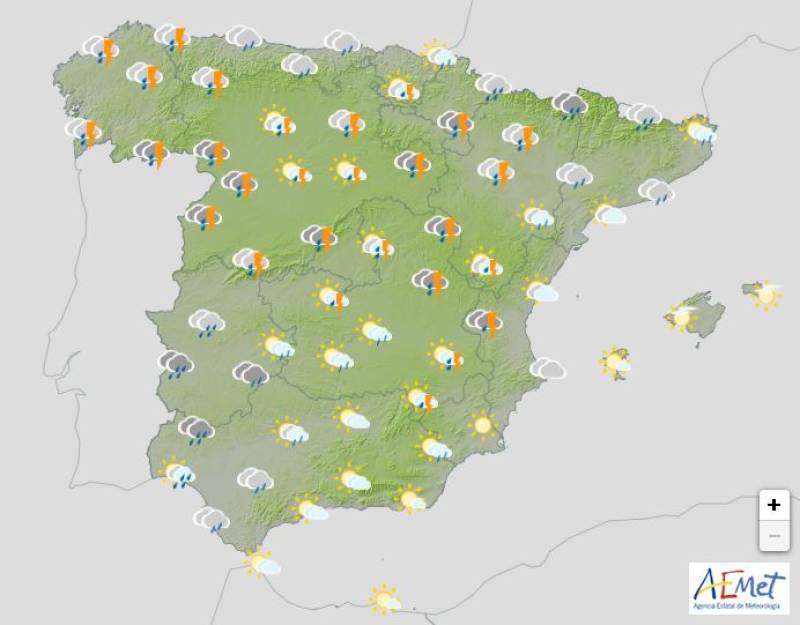
To be listed on the CAMPOSOL TODAY MAP please call +34 968 018 268.
article_detail
Date Published: 02/05/2025
Meteors from Halley's Comet set to streak across May skies in Spain
The 2025 Eta Aquariid meteor shower will reach its peak in just a few days

The countdown has begun to one of spring’s most spectacular sky shows. The Eta Aquariid meteor shower is set to reach its peak in the early hours of Tuesday May 6, offering stargazers across Spain a chance to witness up to 50 meteors per hour streaking across the sky.
May is set to be an exciting month of celestial displays, culminating in an incredibly bright full ‘Flower Moon’ on the 12th.
What are the Eta Aquariids?
Known for its speed and brightness, this dazzling display is caused by debris left behind by the famous Halley’s Comet. Although the comet itself only returns every 76 years (next due in 2061), the tiny particles it leaves behind light up the atmosphere each spring, creating the Eta Aquariids.
The meteor shower occurs annually between late April and mid-May, when the Earth passes through the cloud left behind by Halley’s Comet.
The name ‘Eta Aquariids’ comes from the constellation Aquarius, specifically the radiant located near the star Eta Aquarii, which is the point in the sky from which the meteors appear to originate.
When is the peak of this meteor shower in 2025?
In 2025, the meteor shower's peak will occur in the early hours of May 5-6. During this night, the skies are expected to be especially active.
The best time to observe them is between 2am and dawn, when the radiant of the constellation Aquarius is highest in the sky. Although they can be seen from anywhere in the world, the Southern Hemisphere will have the best visibility due to Aquarius's more favourable position in the sky.
Although the peak occurs on the night of May 5-6, the meteor shower is active between April 19 and May 28, so you can also see meteors on days close to the peak, especially on clear nights.
What makes the Eta Aquarids special?
What makes the Eta Aquariids stand out is their incredible speed—they can travel at 66 km per second, leaving long, glowing trails as they burn up in Earth’s atmosphere. Each flash you see is a tiny piece of Halley’s Comet, gone in an instant.
Tips for observing this astronomical phenomenon
To fully enjoy this astronomical phenomenon, follow these tips.
- Head away from city lights to somewhere rural or elevated.
- Skip the telescope—you’ll see more with the naked eye.
- Arrive early to let your eyes adjust to the dark.
- Bring a blanket or reclining chair—watching meteors often requires a little patience.
With clear skies and a bit of luck, this could be one of the year’s most memorable nights under the stars.
Image: Pexels
Loading
Sign up for the Spanish News Today Editors Roundup Weekly Bulletin and get an email with all the week’s news straight to your inbox
Special offer: Subscribe now for 25% off (36.95 euros for 48 Bulletins)
OR
you can sign up to our FREE weekly roundup!
Read some of our recent bulletins:
Discount Special Offer subscription:
36.95€ for 48 Editor’s Weekly News Roundup bulletins!
Please CLICK THE BUTTON to subscribe.
(List price 3 months 12 Bulletins)
Read more stories from around Spain:
Contact Murcia Today: Editorial 000 000 000 /
Office 000 000 000
































